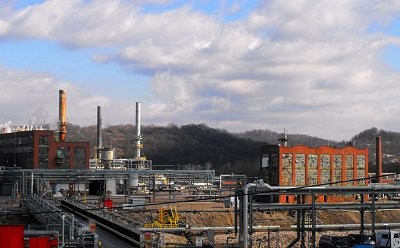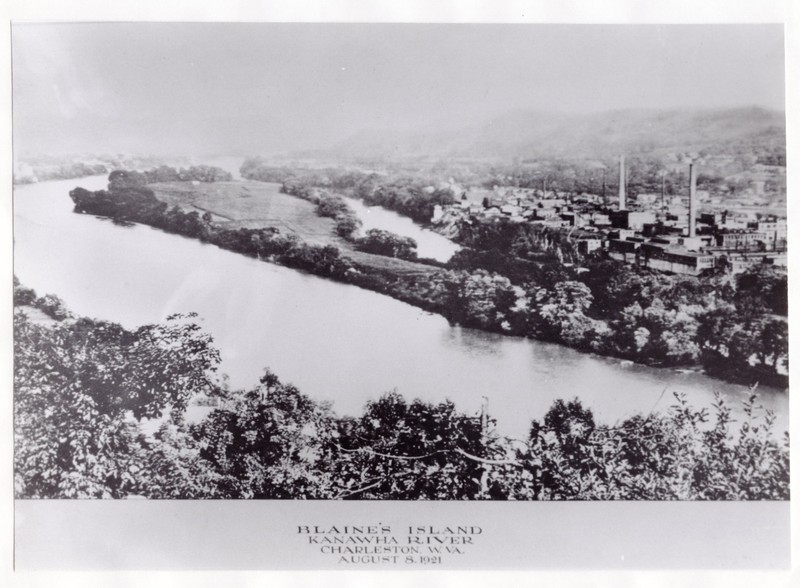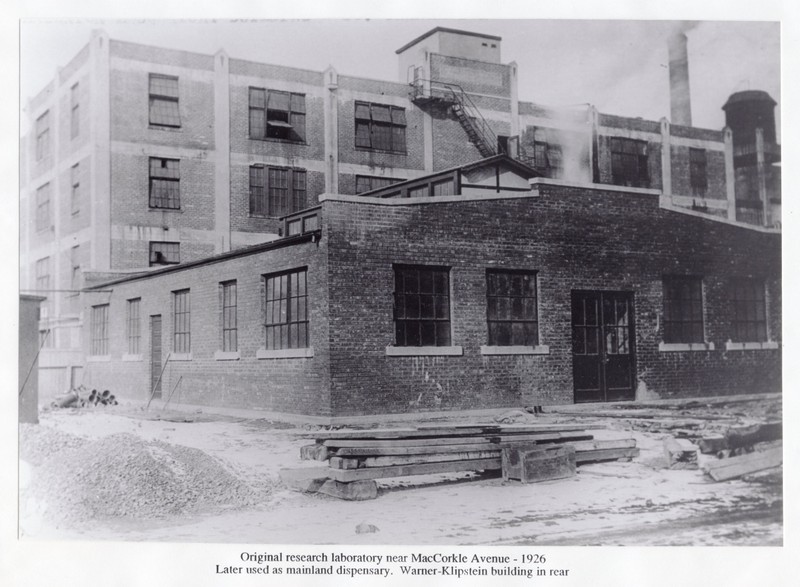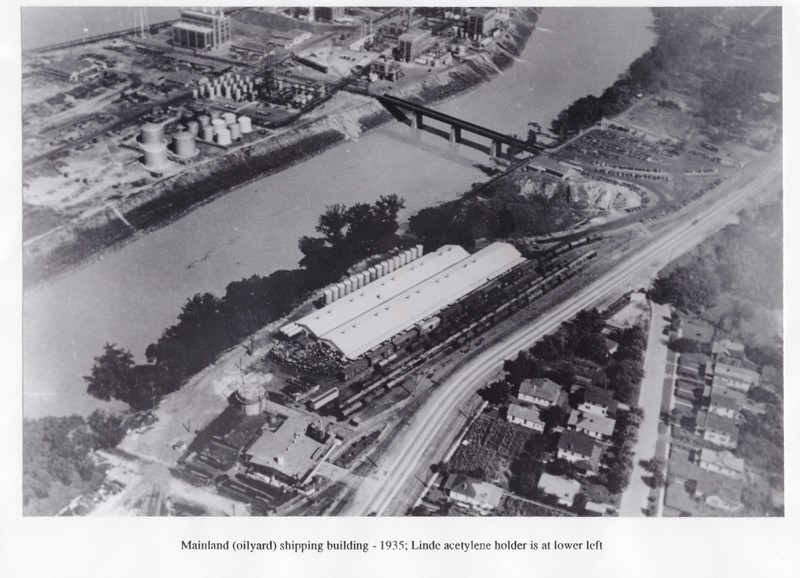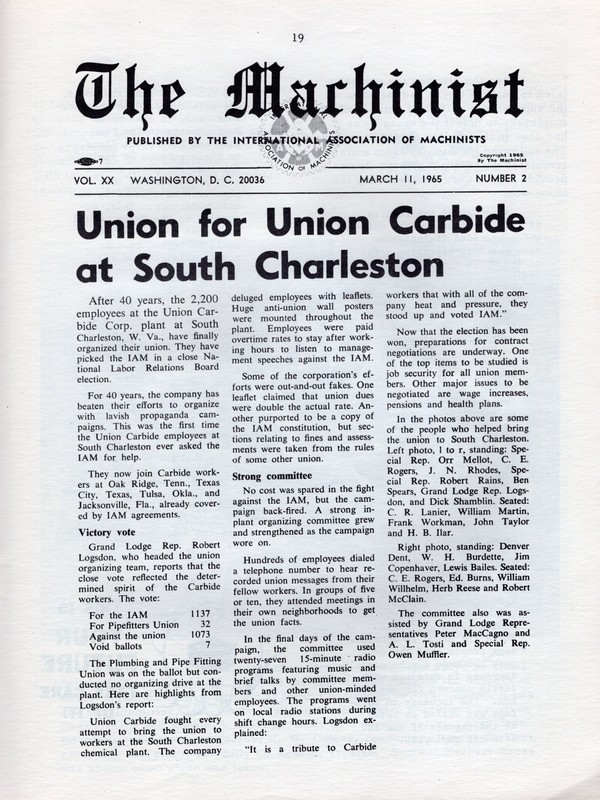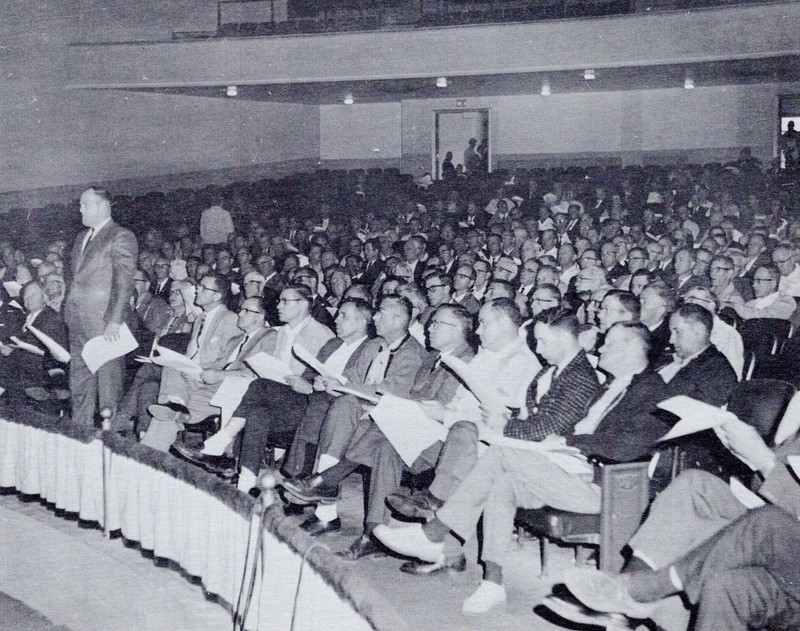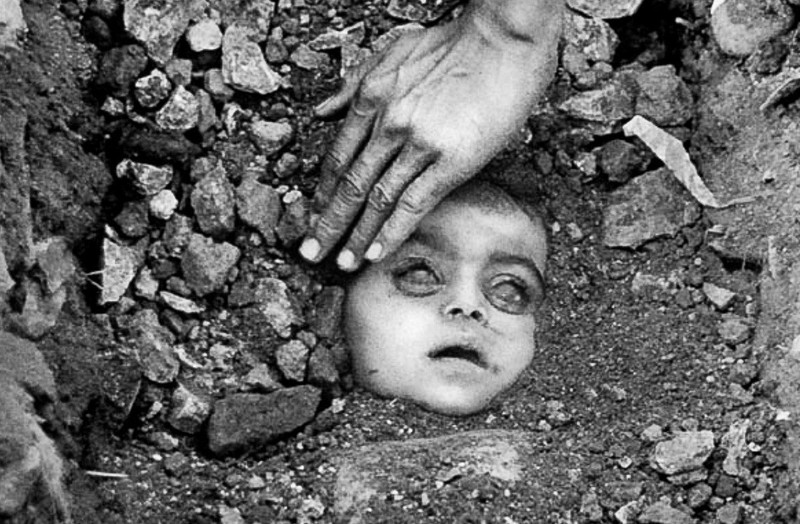In 1917, five companies recognized their mutual interdependence and elected to merge. National Carbon, Prest-O-Lite, Linde Air Products, Electrometallurgical Corporation, and Union Carbide all relied to some substantial degree on calcium carbides (used to make acetylene gases for welding and carbide lamps, which were then needed in portable lights for automobiles and other applications), and each company was seeing a drastic rise in demand as the American economy industrialized with its entry into World War 1. Since many of the company's key ingredients could be extracted from Appalachian natural gas, a small existing refinery was purchased in 1920 in Clendenin, West Virginia.
The plant there became the birthplace of the petrochemical industry (synthetic materials derived from petroleum or natural gas extracts), pioneering highly efficient commercial practices in the extraction of ethane, butane, and propane for use in UCCC products. However, the need soon became apparent for additional facilities, and the right opportunity floated to the surface in South Charleston, where the Rollin Chemical Company had made a number of poor business decisions at the end of World War 1 and was teetering on the edge of insolvency. Union Carbide swooped in and purchased the property, which lay between several other chemical companies (Barium Reduction Plant and Warner-Klipstein) which produced materials Carbide would need for their production processes. Plentiful water from the adjacent Kanawha River and a cheap lease from Rollin soon clinched the deal. Construction and preparation commenced at the site in 1923, and Union Carbide's new facility was ready for operations in November 1925.
Carbide's entry into the area was a much-needed boost for South Charleston, which still struggled with the post-World War 1 lull in jobs. The nearby Naval Ordnance Plant had gone dormant, manned only by a skeleton crew, and many of the local chemical plants which had grown fat on contracts to produce chemicals (particularly chlorine) for ammunition and weapons were now starving for business. Carbide's arrival heralded new demand for their products.
Despite (or perhaps because of) supply issues during the first year of production, Carbide soon needed more space. Early in 1927, they purchased one of the Kanawha River's most iconic features, the 80-acre Blaine Island. The decision would alter the Kanawha Valley landscape forever--transforming the island, which had for over a century sported only melon patches and more recently a bathing beach, into a fortress of chemical production.
Carbide's facilities in South Charleston expanded rapidly over the next several decades. The world's first successful commercial plant for synthetic alcohol production was added on one end of Blaine Island in 1930. In 1939 Carbide bought Bakelite and became a titan in the plastics industry. During World War 2, Carbide's production of polyethylene was in high demand to insulate radar cables, with the U.S. Bureau of Ships reporting that tests "indicate a general superiority of Carbide polyethylene for radar insulation..." By the end of the war, Carbide had commercialized over 100 new chemical products.
Carbide's expansions perpetuated a ravenous need for new space. Across MacCorkle Avenue from the main production facilities, the 11-story Building 82 office was built to house engineering department personnel, along with a huge 700-acre campus southwest of the plant called the Technical Center, which was an essential part of Carbide R&D until the company's sale in 2001. Up the river in Institute, the company also purchased from the U.S. government a synthetic rubber plant it had built and operated on the government's behalf to support the war effort.
As technology progressed, fewer people were needed at the South Charleston plant and more manufacturing moved out to satellite facilities. Raw materials in West Virginia were running low, and pollution from the plant had taken its toll on the region. Tolerated in wartime, the outflow of poisonous materials could not be sustained in peacetime. Over 40 years of painstaking regulation and cleanup was required to make the Kanawha River recreationally safe and shepherd the return of some of the local fish population. Thus the South Charleston site shifted emphasis to specialty production, and by the 1980s made over 500 such products despite scaling back on the number of employees.
Though the South Charleston plant had been non-union since its inception, attempts had been made to unionize it by the AFL-CIO as early as the 1930s. World War 2 put any such ambitions on hold, and labor unions were unable to gain much foothold in the corporation until the early 1960s, when several years of draconian layoffs and transfers resulted in a high degree of employee dissatisfaction. The plant was successfully unionized in 1965 by the International Association of Machinists (Local 598). After the first union contract with the plant expired, however, a 76-day strike was necessary to negotiate favorable terms for the workers. Relations improved from that point forward, and Carbide was generally known for possessing a uniquely strong corporate structure: working communities featured bowling clubs and sports teams. Union Carbide maintained a corporate publication, "The Carbide News" through most of its existence, which circulated highlights of employee life and company news.
The early 1980s brought disaster to the $10 billion company, however. In addition to increasing competition in the petrochemical industry, an industrial accident at a Union Carbide plant in Bhopal, India released poisonous gas into the atmosphere, killing 3,000 people and injuring thousands more while exposing some 500,000 people to hazardous materials. It is considered to be the worst industrial disaster in history, and like the Hawk's Nest Tunnel tragedy in the 1930s (also related to a Carbide project). The company at first falsely claimed that the accident was caused by sabotage; the claim was later dropped. Even today, descendants of those injured at Bhopal experience grave medical consequences from the chemical fallout, and point out that the financial restitution to the victims was a tiny fraction of what was paid by BP for the Deepwater Horizon spill in the Gulf of Mexico.
As financial and public fallout continued following Bhopal, Carbide began selling assets. Finally, in 2001 the company was acquired by Dow Chemical, which operates the old (reduced) plant in South Charleston to this day. Building 82, which originally connected to the main plant campus by a tunnel underneath MacCorkle Avenue, was sold to the University of Charleston and eventually demolished in March 2009. Raffle tickets were sold for the opportunity to trigger the demolition explosives, signaling an end to the nearly century-long Carbide era in South Charleston. The Tech Center nearby was also sold, and now houses the Charleston extension of Marshall University.
